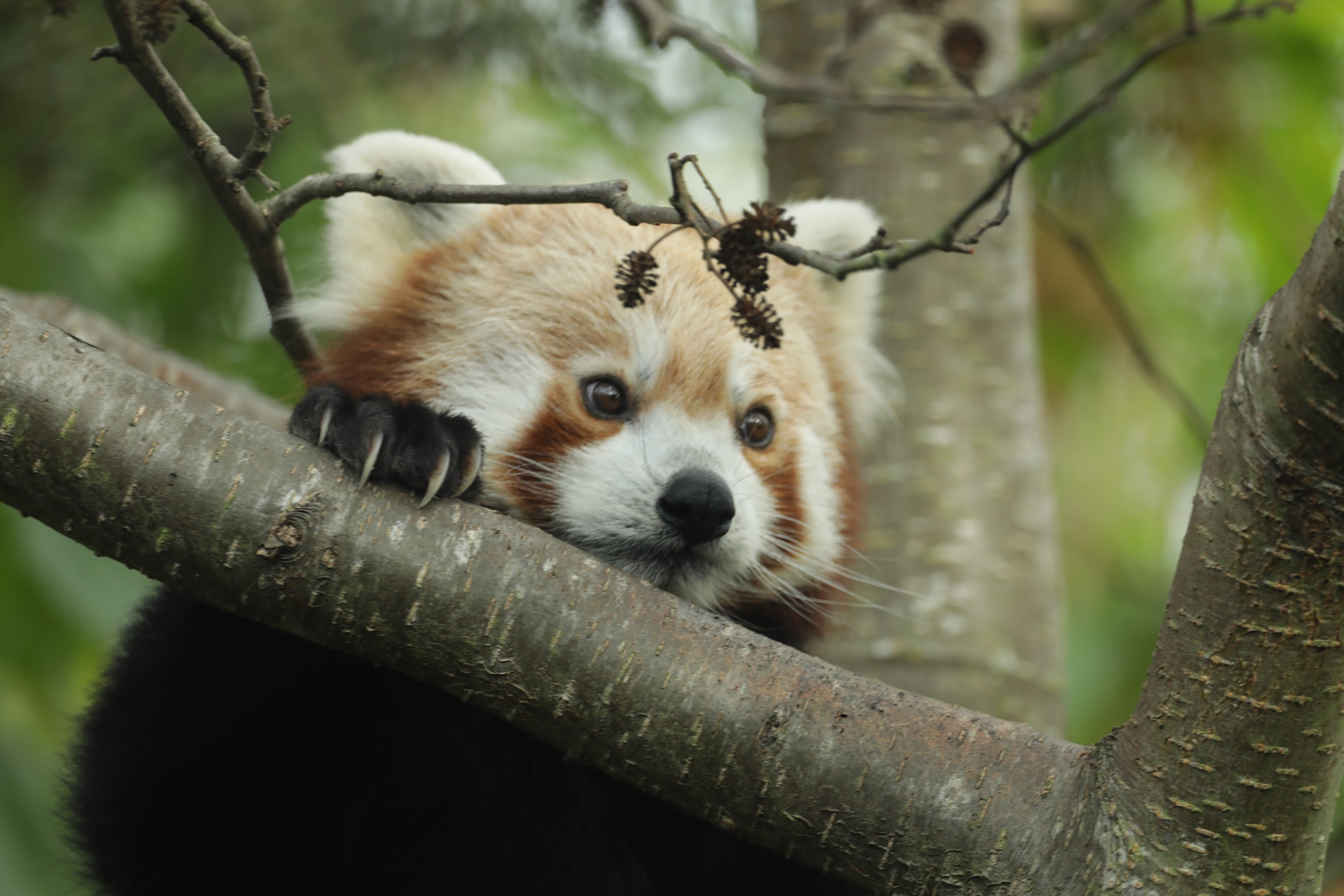August 2024: ICAS project update
Posted 11 Oct 2024
/icas.jpg)
Our charity has worked with Dr Arnaud Desbiez and his team at the Wildlife Conservation Institute (ICAS) in Brazil for over a decade to safeguard threatened giant anteaters, giant armadillos and their rapidly disappearing habitat. This team has made incredible strides in making habitats and roads safer for giant anteaters, and discovered nearly everything that is currently known about giant armadillos.
Arnaud recently updated us on what’s been happening with ICAS’ giant anteater and giant armadillo conservation work in the last few months.
Wildfires and habitat destruction in the Pantanal
In June’s update, I explained how concerned we were about the dry season this year as the Pantanal did not experience a wet season. The Pantanal, the world’s largest freshwater wetland and an ecological paradise, is now completely dry – this will have catastrophic consequences. As predicted, wildfires have been breaking out and over 11,250km2 of land has already been burnt. This is a disaster for the biodiversity in the area. Sadly, the worst is still yet to come as the peak of the dry season here is in September.
What gives us hope is that only one of the 23 ranches in our community fire brigade training area experienced an out-of-control fire, and it was extinguished with help from the local community and firefighters from the National Center to Prevent and Combat Forest fires (PREVFOGO).
To combat and prevent potentially devastating fires, we have been providing fire brigade training to ranches protecting 1,640km2 of land. This community approach to preventing wildfires is hopefully the key to avoiding further tragedy.
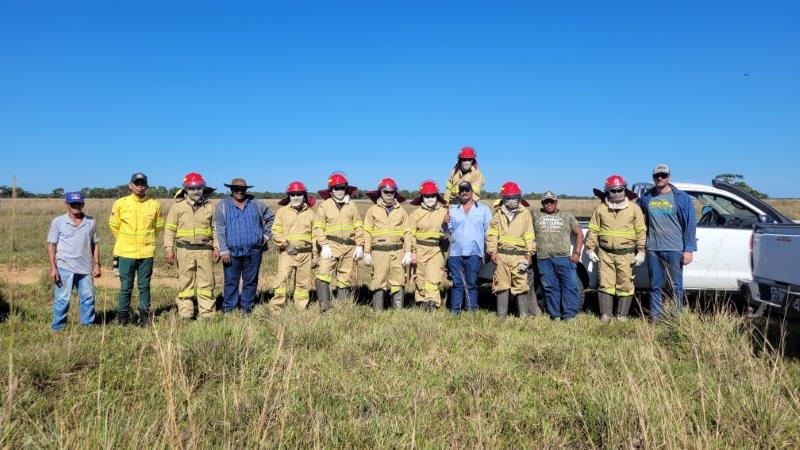
Moving our long-term study site in the Cerrado
As mentioned in my previous update, we have decided to move our long-term study on giant anteaters in the Cerrado from the Santa Lourdes ranch to a new area. In the past three years, we have witnessed the whole region converting pasture to soy monocultures. While anteaters did well in the mosaic environment of pasture and scrub forest, the vast expanses of pesticide-drenched soy fields has made the area uninhabitable and anteater numbers are dropping substantially. The loss of habitat has meant giant anteaters are having to cross roads more than ever.
Although we will continue to monitor our key females in Santa Lourdes, we made the difficult decision to move study areas after losing so many animals last year. We could no longer study dispersal effectively as the anteaters were simply not reaching that age.
Leaving a seven-year study site where you watched wildlife and ecosystems be slowly destroyed is hard. However, I have hope that our new study area, APA Guariroaba, will provide us with the baseline data we need to understand giant anteater population dynamics and dispersal patterns.
I am excited to work with the new local community to find ways to best protect the landscape, which consists mostly of cattle ranches, pockets of native scrub forest and landowners’ protected water sources and streams. Most of the drinking water in Campo Grande comes from this area. We started tracking in July and are now monitoring 12 animals. One of the highlights is that, to our surprise, one of the females we just started monitoring gave birth to twins. This is extremely rare though, and we are not currently sure if both pups will survive.
Another monoculture that is altering the landscapes in the eastern part of the state are the large expanses of eucalyptus plantations. Our mission at ICAS is to promote the co-existence between people and wildlife, so we took a leap of faith and have partnered with the largest Eucalyptus multinational company, Suzano.
We will explore how giant anteaters use or avoid the plantations and how to best connect protected areas to promote biodiversity conservation. Although I’m not sure about how much impact we will effectively have, it does give me hope that we are able to sit at the same table as the stakeholders altering the habitat, ready to work hard and find solutions.
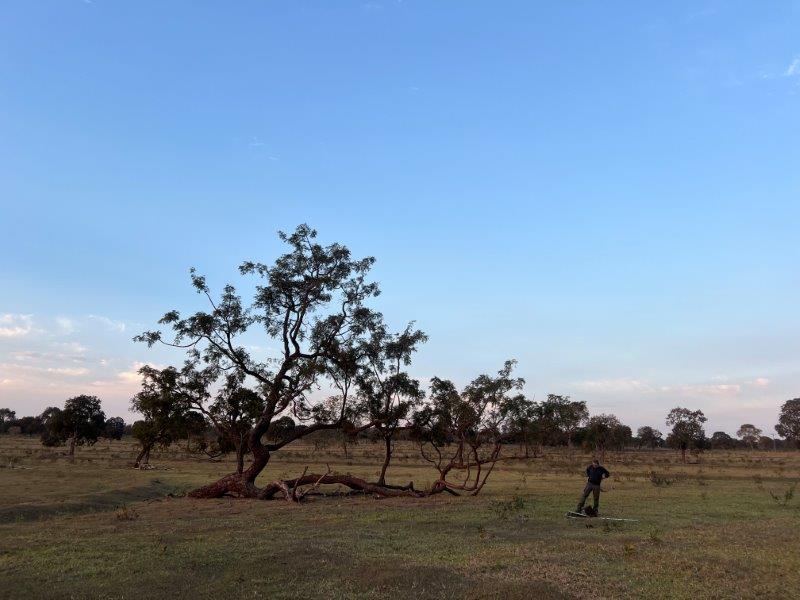
Infrastructure and habitat loss in the Atlantic Forest
The Rio Doce state park is considered the largest continuous protected area of the Atlantic Forest and the third largest lake system in Brazil, with over 50 lakes. However, it is surrounded by urban centres, agro-pastoral areas, sugar cane fields and extensive eucalyptus plantations. This unique park is home to incredibly rare species including jaguars, seven species of primate such as woolly spider monkeys, rare birds and, most importantly for us, the only potentially viable population of giant armadillos left in the Atlantic Forest.
Unfortunately, there are now plans to pave a road that will divide the park in two. This would have a long list of cascading effects including isolating populations of sensitive species, habitat degradation around the road, an increase in poachers, an increase in the probability of fires, an increase in wildlife vehicle collisions and many others. It’s sad to think that this precious last fragment of habitat could be harmed, particularly when you consider that over 85% of the original Atlantic Forest has already been lost.
What gives me hope is that for the last few years we have managed to create a coalition of projects and institutions working in the park. We are united and have created an active group that meets once a year for action planning with the support of the park authorities. We are now organising ourselves to fight against the road plans.
In July, in the presence of many officials from the region, professionals of the park, as well as local communities, we celebrated the 80th anniversary of the Rio Doce Park. To commemorate the event, we also launched the book "The Wildlife of the Rio Doce Park". The aim of this book is not only to showcase the incredible biodiversity of the park captured with our cameras traps but also to engage local communities and schools, raising awareness about the importance of conserving and protecting this wonderful landscape.
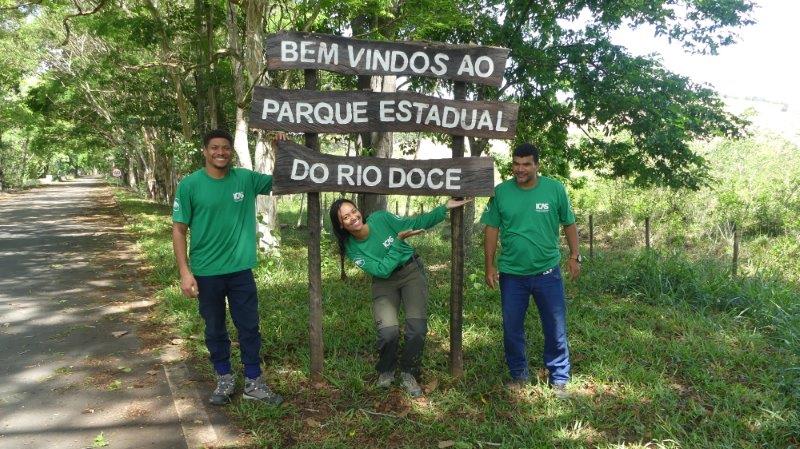
Large-scale deforestation in the Amazon
In August, we returned to the Amazon to install measures to help mitigate giant armadillo attacks on beehives maintained by indigenous communities in a protected area of the forest.
Getting to and from this area, however, was eye-opening. Soy and corn had been harvested so we drove for five hours on dirt roads surrounded by vast expanses of bare ground as far as the eye could see. No trees, no vegetation, just dirt and dust. It was oppressively hot and the sun was scorching everything, the dust making it difficult to breathe. When we finally arrived, we were faced with a tall wall of lush green. As soon as you enter the forest the temperature drops, the humidity increases, and you can breathe again. It’s clear here to see how the destruction of the forests is impacting the climate.
Thankfully, our experience with the local communities was amazing! Earlier this year, we visited the area to better understand the issues they faced and presented an array of solutions to help prevent giant armadillo attacks on their beehives. Following our visit, three methods were selected. In August, we installed these mitigation measures in four different communities. They will now test each one, feeding back on what they did and didn’t like next April at the annual beekeeper meeting.
Finding real solutions to the challenges experienced by local communities brings me both joy and hope.
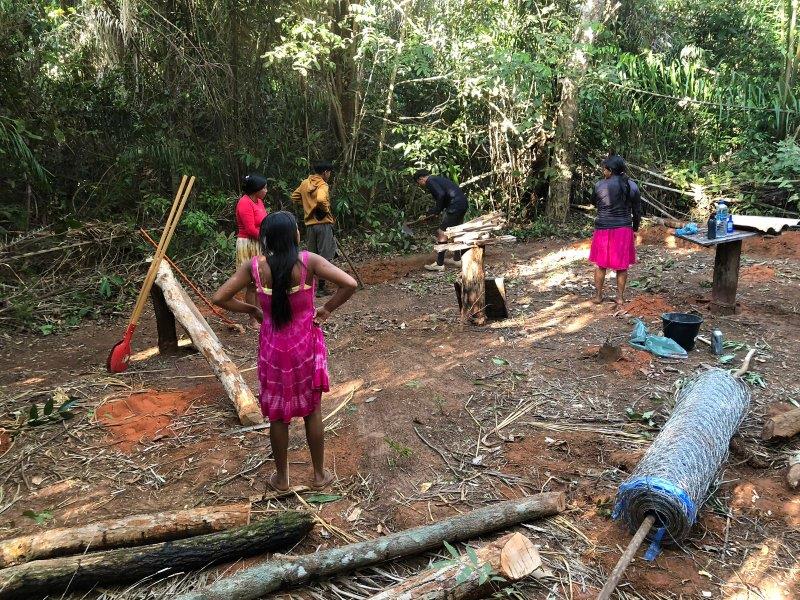
We would like to thank the players of People’s Postcode Lottery for their generous support which has helped this project.

